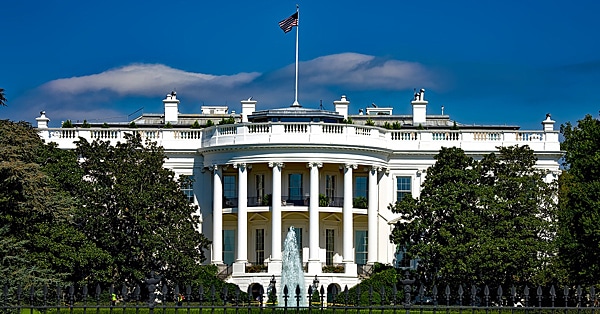This post considers two questions on the topic:
1. Are the reasons why the founding fathers originally created the Electoral voting system in 1787 still valid?
2. Can/should any parts of it be “modernized” to adapt to present day technologies?
At its heart, the Electoral vote system simply ensures that the most populous states cannot squeeze out the smaller states in the process of choosing a President. A fundamental assumption of this system is that each state will have its own separate and independent influence in the presidential election process, just as they do in other voting affairs of the national government. This year’s Presidential election provided an excellent example of how and why this works. Hillary Clinton won the national popular vote by 2.8 million votes. Half of Mrs. Clinton’s popular vote total came from just eight large states. In one large state, California, Mrs. Clinton’s margin of victory was over 4.2 million votes, completely accounting for her national vote victory margin and then some. The electoral voting system did exactly what it was designed to do in this election by reducing the probability of a candidate winning with the overwhelming influence of only a few heavily populated states and leveling the playing field to a degree for the smaller states.
A switch to a national popular vote for President would not only remove this protection for the smaller states, it would eliminate altogether the role of states as independent entities in the Presidential election process. That begs the question of what has changed recently that would make the original main concern of the founders, a few big states being able to overwhelm all influence from the smaller states, no longer relevant?
In the simplest interpretation of the founders “intent”, the form and function of the Electoral voting system is a direct reflection of the compromise to the most contentious debate at the Constitutional convention of 1787. Namely, how the big states would be apportioned appropriately more influence than the small states, but not so much more as to stifle all influence from the small states. In the end, that debate concluded in a House of Representatives with proportional representation and a Senate with equal representation. This same exact compromise of representation was then embedded into the process for electing the President and written into the Constitution. If this carefully crafted proportional influence of each state is still relevant today in the rest of our national government structure, what would make it no longer significant in the Presidential election process? The Constitution and all its amendments create a finely tuned balance of power and decision making throughout the national government. Changing this balance could be disastrous if not done in consideration of all the downstream effects in the rest of government. This is especially true if the motive force for change is nothing more than a passion of the moment or otherwise superficial goal. Many of the arguments made by today’s supporters of a National Popular Vote are the same arguments that were made in 1787 at the Constitutional Convention. However powerful those arguments were back then, they ended up on the losing side of the great debate. What would make them on the winning side now?
There is one part of the mechanics of the Electoral voting system that can and should be modernized to today’s standards. Because of the lack of instantaneous communications and long travel times in 1787, there was a six-week gap inserted into the election timeline between when the people vote in early November and when the state Electors vote in the middle of December. Also, there is another three-week gap between when the state Electors vote in the middle of December and when those Electoral votes are “officially” counted in the Senate in early January. Both these time gaps are completely unnecessary today, and their continued existence perpetuates a significant vulnerability in our Presidential election process. While there is a well-established line of succession should a President die in office, there is no constitutional provision for what should happen if a President-elect dies during either of these two short time gaps following the election. It has never happened in our history, so there is no precedent. A chaotic and unpredictable series of events would likely be the result should it ever happen. A very simple fix for this, and one that is completely neutral to each political party, would be to automatically assign the electoral votes for each state the instant the popular vote in that state is certified. Not only does this eliminate the initial six-week time gap, it also eliminates any need for human electors and thus any possibility of a “faithless” elector. Each state would retain its right to decide how it wants to assign its electoral votes (e.g. winner-take-all, district apportionment, etc.), the only thing different would be the instantaneous assignment of those votes. As the electoral votes in each state are certified, the national totals would be “officially” electronically tabulated (they are unofficially electronically counted today), which would eliminate the other three-week time gap.
